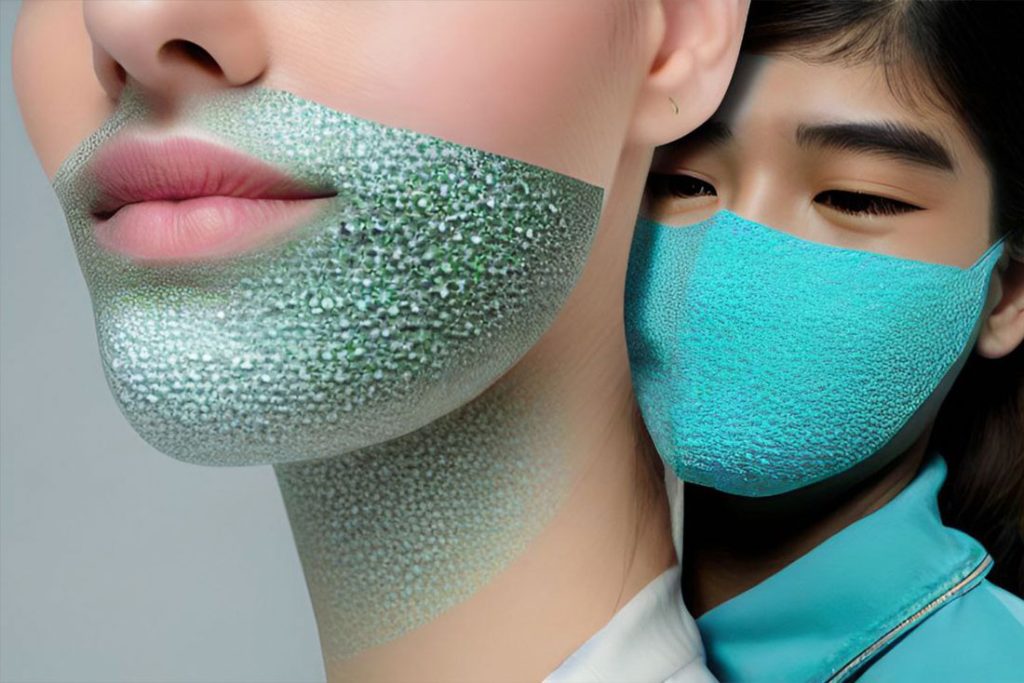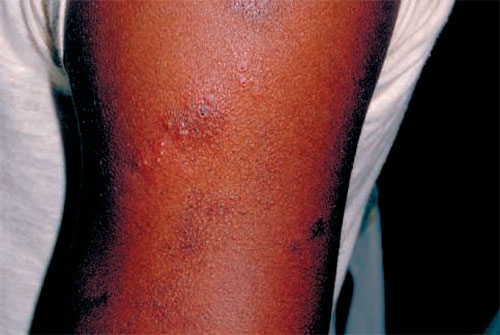Impetigo and its Implications for Cosmetologists: A Detailed Analysis
As practitioners in the beauty industry, cosmetologists often navigate the intersection of aesthetics and health. They must be able to identify certain skin conditions that require medical attention and manage these situations appropriately within their practice. One such condition is impetigo, a contagious bacterial skin infection that cosmetologists must be familiar with to maintain a safe and effective practice. This article delves into impetigo’s specifics, its impacts on cosmetology, and the recommended approach for cosmetologists encountering a client with potential symptoms.

Impetigo
Understanding Impetigo
Impetigo is an infectious skin condition typically caused by Staphylococcus aureus bacteria, though Streptococcus pyogenes can also be a causative agent. It is characterized by red sores that break open, ooze for a few days, and then form a distinctive yellowish-brown crust.
Impetigo primarily affects children, though it can occur in individuals of any age. The infection is most common around the nose and mouth but can appear anywhere on the body that has a cut or abrasion, making it a condition of concern for beauty professionals who work closely with the skin.

Impetigo in the Cosmetology Practice
Due to its highly contagious nature, impetigo poses a significant challenge in cosmetology. Cosmetologists need to be able to recognize the symptoms of impetigo to prevent its spread within their practice:
- Red sores or blisters that rapidly rupture, ooze, and crust over
- Sores that increase in size and number
- Itchy rash
- Swollen lymph nodes
Upon observing any of these signs in a client, cosmetologists must take immediate action.
Management of Clients with Impetigo
Given the close-contact nature of cosmetology services and the contagiousness of impetigo, it is essential that any client exhibiting signs of the condition have their appointment politely rescheduled. The cosmetologist should then refer the individual to a healthcare provider for immediate medical evaluation and treatment. The importance of maintaining the safety and health of the client, the cosmetologist, and other clients should be emphasized during this interaction.
Preventing the Spread of Impetigo in the Cosmetology Setting
Impetigo’s contagiousness necessitates the adoption of stringent hygiene practices by cosmetologists:
- Thorough sterilization of tools: All equipment should be cleaned and sterilized before and after each client.
- Use of disposable equipment: When possible, disposable tools should be used to minimize the risk of cross-contamination.
- Personal hygiene: Frequent hand washing is vital. Cosmetologists should avoid touching their faces, particularly their eyes, nose, and mouth, and should always wash their hands before and after working with each client.
- Client education: Clients should be advised to seek immediate medical attention if they suspect they have impetigo and to reschedule their appointments until they are no longer contagious.
As beauty industry professionals, cosmetologists play a crucial role in recognizing potential health issues like impetigo. The responsibility of maintaining a safe practice environment and referring clients to appropriate medical professionals when necessary is paramount. With a comprehensive understanding of impetigo and stringent hygiene practices, cosmetologists can help mitigate the spread of this infection while continuing to provide quality service to their clients.






